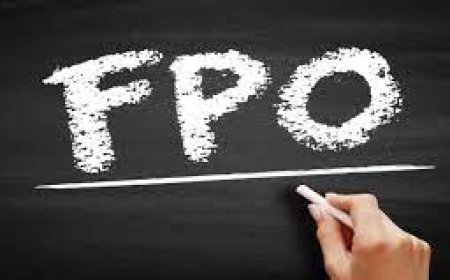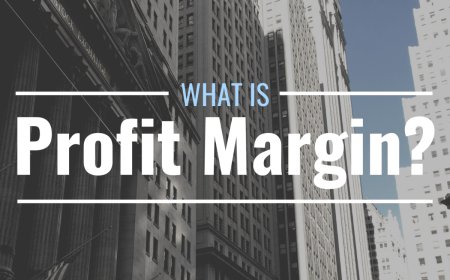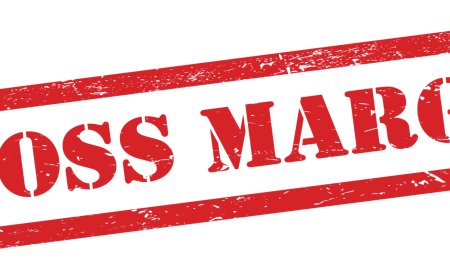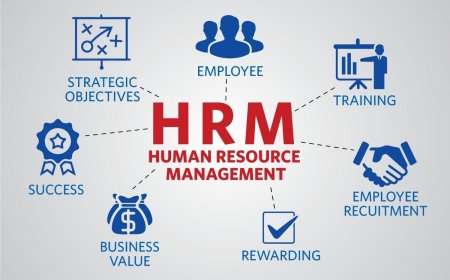INTRODUCTION TO PBT (Profit Before Tax) FOR KIDS AND ADULTS
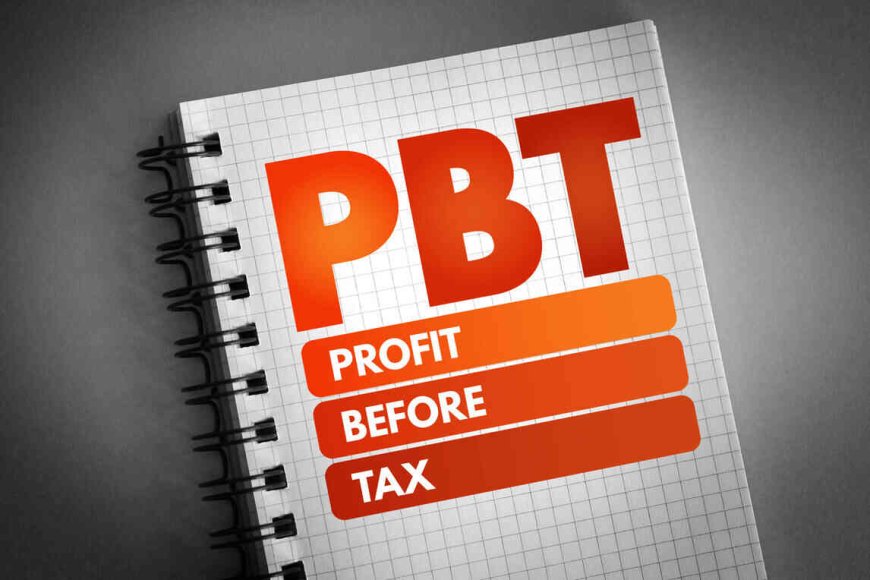
PBT (Profit Before Tax) :
In India, businesses have to pay taxes on their earnings. The amount of tax you have to pay depends on how much profit you make. But PBT helps you see the profit your shop makes before any taxes are deducted.
Remember, PBT is just one way to measure a business's financial performance. There are other factors to consider, like the cost of running the shop and the taxes you have to pay. But PBT gives you a basic understanding of how much profit your shop makes before taxes.
FORMULA:
PBT = Revenue - Expenses
In this formula, you subtract the total expenses of the business from the revenue generated to determine the profit before taxes. The revenue represents the money earned from selling goods or providing services, while the expenses include various costs incurred in running the business, such as the cost of goods sold, salaries, rent, utilities, and other operating expenses.
EXAMPLE: (For Kids)
1) Bookstore:
Revenue: The total money earned from selling books to customers.
Expenses: The costs associated with running the bookstore, such as the cost of purchasing books from publishers, salaries of the bookstore staff, shop rent or lease payments, and other operational expenses.
PBT: The profit before tax, which is the money left over after subtracting the expenses from the revenue earned by selling books.
2) Sweet Shop:
Revenue: The total money earned from selling Indian sweets like gulab jamun and jalebi to customers.
Expenses: The costs involved in running the sweet shop, including the cost of ingredients used in making the sweets, salaries of the staff members working in the shop, maintenance expenses, and other operating costs.
PBT: The profit before tax, which is the money remaining after subtracting the expenses from the revenue earned by selling sweets.
3) Toy Shop:
Imagine you have a toy shop where you sell different types of toys. PBT would be the money left over after subtracting the cost of buying toys and other expenses (like rent, wages, and utilities) from the total money you make by selling toys.
4) Juice Stall:
Imagine you have a juice stall where you sell fresh juices to people passing by. PBT would be the money you have after deducting the expenses (such as the cost of fruits, cups, and other supplies) from the revenue earned by selling juices.
5) Tailoring Business:
Think of a small tailoring business where you stitch clothes for customers. PBT would be the money left over after subtracting the expenses (like the cost of fabrics, sewing materials, and rent of the shop) from the total money earned by providing tailoring services.
EXAMPLES: (For Adults)
1) Construction Company:
Revenue: The total money earned by completing construction projects, such as building houses or commercial buildings.
Expenses: The costs involved in running the construction company, including the cost of construction materials, labor wages, equipment rental, and other project-related expenses.
PBT: The profit before tax, which is the money remaining after subtracting the expenses from the revenue earned by completing construction projects.
2) Clothing Manufacturer:
Revenue: The total money earned by selling clothing items, either to retailers or directly to customers.
Expenses: The costs associated with manufacturing the clothing, such as the cost of fabric, manufacturing equipment, employee salaries, utility bills, and other manufacturing-related expenses.
PBT: The profit before tax, which is the money left over after deducting the expenses from the revenue generated by selling the clothing items.
3) IT Services Company:
Revenue: The total money earned by providing IT services to clients, such as software development, website design, or other technology-related services.
Expenses: The costs involved in running the IT services company, including employee salaries, office rent, software licenses, marketing costs, and other operational expenses.
PBT: The profit before tax, which is the money remaining after subtracting the expenses from the revenue generated by providing IT services to clients.
In each example, PBT represents the profit a business makes before any taxes are deducted. It is calculated by subtracting the expenses from the revenue, giving a clearer view of the business's profitability before tax obligations are considered. By focusing on PBT, businesses can assess their financial performance and profitability, considering the specific context of their operations in India.
CONCLUSION
In simple terms, PBT (Profit Before Tax) is the profit a business makes before it has to pay taxes to the government. It's the money the business has left after subtracting all the expenses from the total earnings. By looking at PBT, businesses can understand how much money they're making before taxes are taken out. It helps them assess their financial performance and see how well their core operations are generating profits. PBT gives business owners and stakeholders valuable information to make decisions and understand their overall financial health.
What's Your Reaction?
 Like
0
Like
0
 Dislike
0
Dislike
0
 Love
0
Love
0
 Funny
0
Funny
0
 Angry
0
Angry
0
 Sad
0
Sad
0
 Wow
0
Wow
0



























































